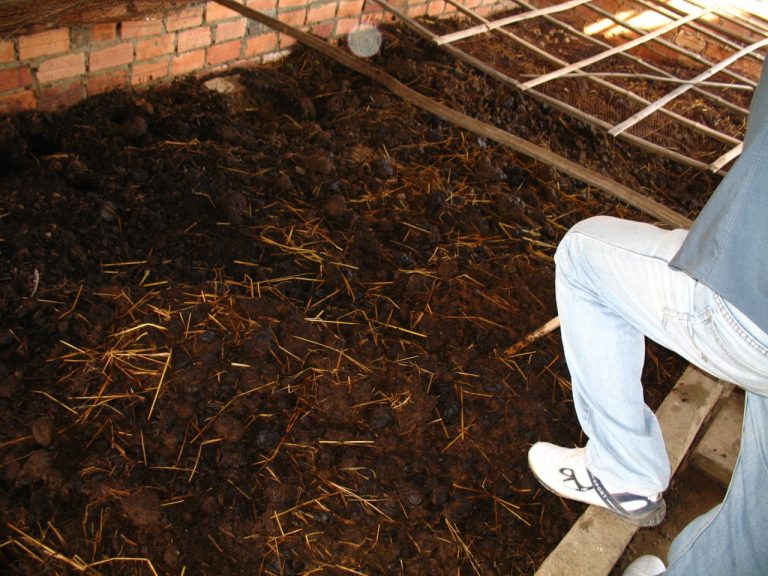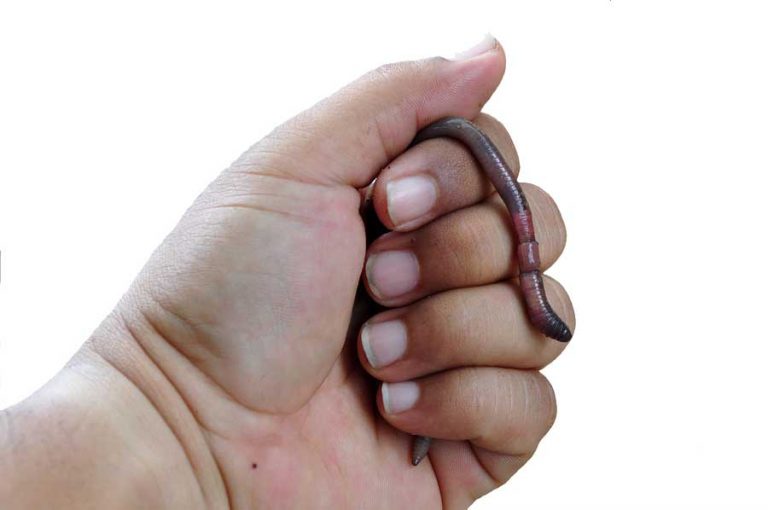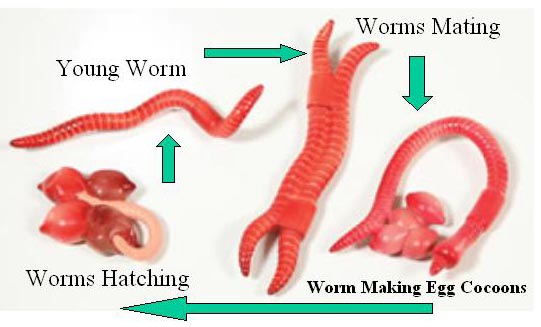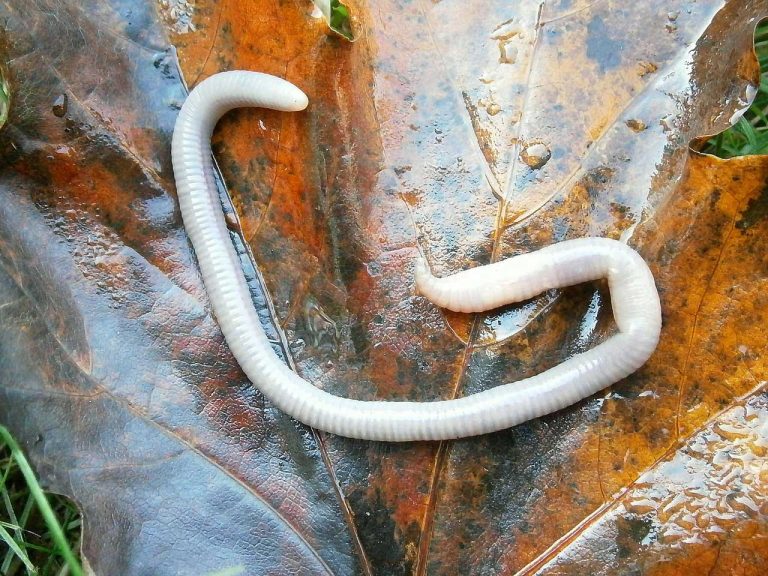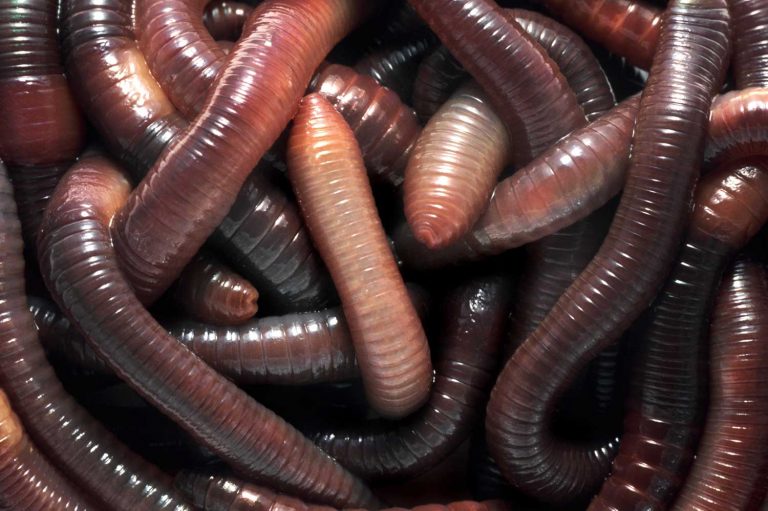Blood Worms – Essential Nutrition Facts for Aquarists
Whether you’re a new aquarist or an experienced fish hobbyist, you probably want to know the most nutritious food you can give the fish to promote their health and happiness. Similar to other living organisms, fish in genral require wholesome food for proper functioning. That’s exactly why you might need to consider giving your fish blood worms.
If you’re reading this article, you are probably already familiar with blood worms. But are you aware of their precise nature, origin, and nutritional worth?
Let’s find out all about their life cycle, characteristics, and habitat and explore what kind of benefit they can bring to your fish.
What are Blood Worms?
Blood worms are widely used in fishing and tropical fish cultivation as organic nourishment for many fish and invertebrate species, including crayfish, shrimp, crabs, and snails.
These species of worms are considered to be live foods that are high in nutrients. However, this also means that they can easily make your fish sick if eaten too frequently. That’s why it’s best to offer them to your fish just once or twice a week. Fish with a high concentration of blood worms may develop fatty liver disease and gill abnormalities.
When it comes to proper conditions for blood worms, luckily they have basic requirements and can thrive in a variety of settings. The reason is that they are decomposers — they can consume any organic debris, including domestic disposals, rotting plants, and dead leaves.
Aquarists also tend to use bloodworms as an alternate food source for their fish if they have an algae outbreak in their aquarium. The thing is that blood worms help to maintain appropriate levels of water quality by eating excess algae.
One important thing to keep in mind is that even though blood worms don’t usually hurt people, you should always wash your hands shortly after touching them. Some species of blood worms transmit parasites that, if consumed, can make people and other animals sick.
Natural Habitat of Blood Worms
The northeastern coast of America is where blood worms are most commonly found. They inhabit freshwater ponds and pools, but because of their high hemoglobin concentration, they may also thrive in polluted waters with low oxygen levels. If you are purchasing blood worms, they most likely came from Maine, New Jersey, or Connecticut, as these states are well-known for having blood worms along their coasts.
During low tide, it’s easy to find them on the underside of rocks in shallow waters as well as along muddy coastlines. They prefer places where there is enough soft dirt for them to dig burrows. They are, nevertheless, found at least 24 meters below the surface.
3 Most Widely Recognized Types of Blood Worms
1. Tubifex
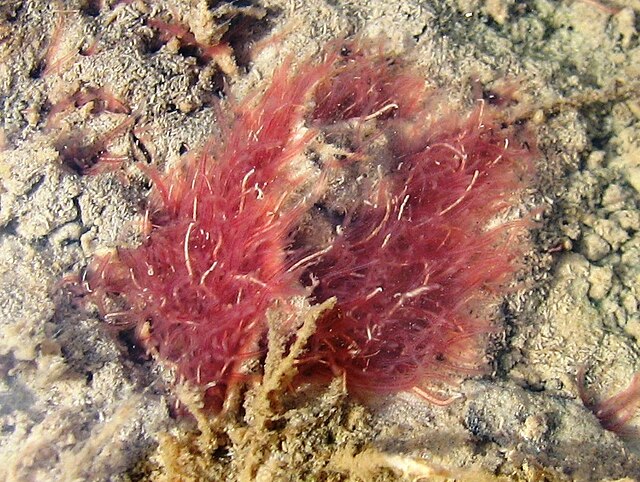
For tropical aquarium fish, tubifex worms are the most commonly available type of blood worm. This particular species is especially common in polluted waters, which is why they’re often referred to as “mud worms.”
Tubifex worms are frequently available as freeze-dried treats, which are convenient to store and keep at room temperature for extended durations without becoming rotten. The best part about their nutrition is that they’re heavy in fat and protein, which makes Tubifex an excellent source of nourishment.
Still, you need to carefully choose them, especially when they are alive. For safety measures, we recommend finding a reputable vendor who can ensure the worms are free of infections, as tubifex are particularly known to carry diseases.
2. Chironomidae
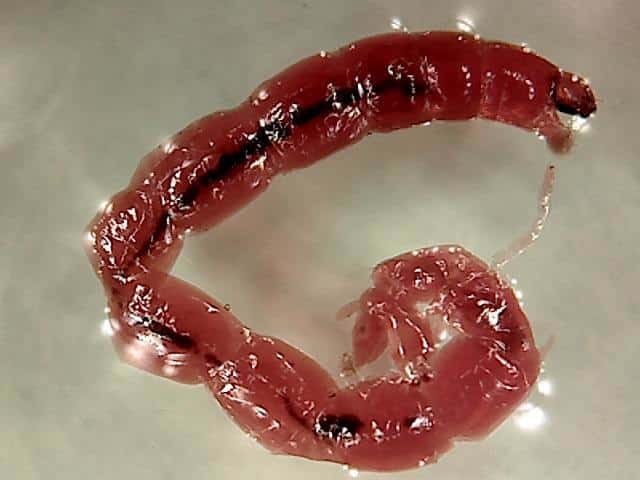
Chironomidae is another type of blood worm that can be found in shallow waters. Thanks to their high nutritional value and protein content, these blood worms make excellent fish treats and are essential components of freshwater ecosystems. But it’s only if they’re fed in moderation.
Fish enthusiasts often use Chironomidae as some of the most widely used nutritional supplements for amphibians and fish in freshwater aquariums.
3. Glycera
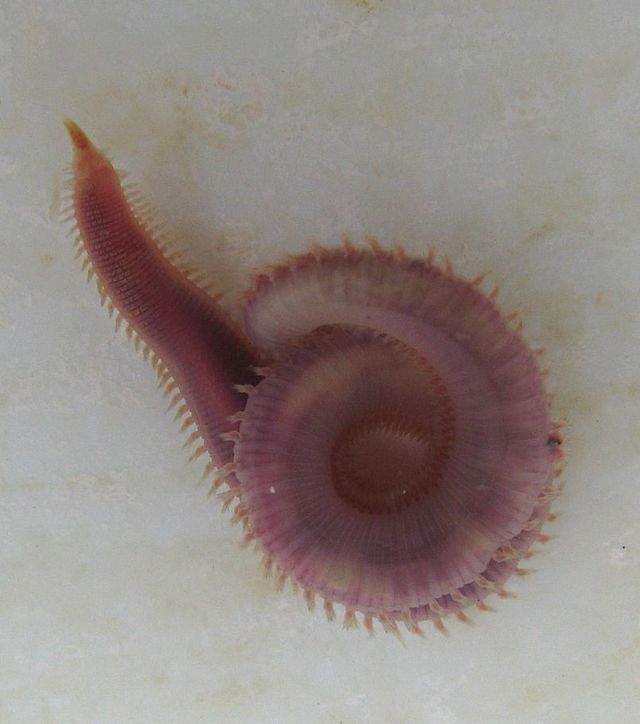
Glycera worms are commonly found in brackish and marine environments. However, getting them won’t take much effort because they’re frequently available for purchase at fish stores as well. Since they can draw blood from fish and other aquatic species, it may sound horrifying to learn that they are real blood worms and can be highly dangerous.
This is why they are less common, especially among novices in the freshwater aquarium industry. Glycera is a favorite type of blood worms mostly by fishkeepers who enjoy catching their fish.
Different Varieties of Blood Worms for Your Aquarium
Blood worms come in different forms and each of the following varieties has different types of benefits for your aquarium. Let’s take a look at the 3 of the most common forms that are available:
1. Live Blood Worm
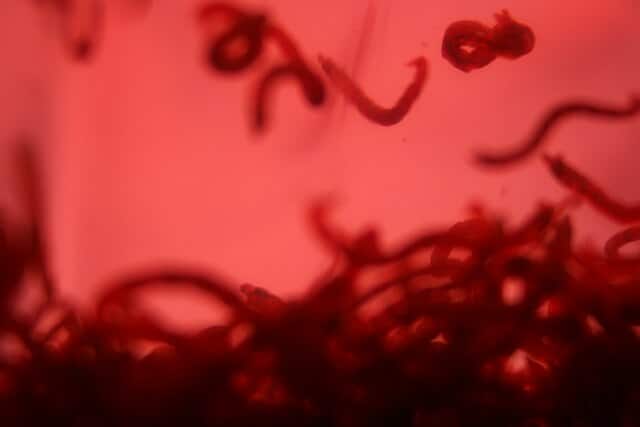
Blood worms are especially high in protein when they’re alive. Therefore, live blood worms are a great meal choice for many different species of fish in most circumstances. Not surprisingly, the color of this form of bloodworm is red. That’s due to their high consistency of hemoglobin, obtained from the decomposing plants they eat.
If you decide to choose this form, make sure to take out any uneaten food from your fish’s live bloodworm meal within 5 minutes of feeding it. Leaving it longer than this in the aquarium will cause it to start decomposing and creating ammonia in your tank as a result. So as a general guideline, aim for about 1/4 to 1/2 cup for every 10 gallons of water each day.
2. Frozen Blood Worm
When it comes to choosing the most optimal live bait, fish enthusiasts often choose frozen blood worms. Generally, they’re used in freshwater and saltwater fishing. The reason why it’s effective as a bait is that bronze blood worms taste good on most types of fish. Besides, they’re extremely convenient for the fishermen themselves — they’re compact, lightweight, and long-lasting.
Safety is another advantage of frozen blood worms for any freshwater aquarium since the freezing process eliminates the majority of bacteria. But that’s not all – frozen blood worms maintain a strong aroma and quickly attract fish.
3. Freeze-dried Blood Worm
And the third form of blood worms is freeze-dried. When these insects are freeze-dried, their shelf-life significantly extends, which makes them an ideal addition to your aquarium. In fact, freeze-dried blood worms can be stored for several years and surprisingly, they won’t lose their flavor or nutritional value.
Furthermore, freeze-dried meals don’t need to be refrigerated and don’t require additional preparation, which makes them even easier to use.
The optimal method for using freeze-dried blood worms is to put them right into the fish tank from a bag. Rest assured, because, in this form, the blood worms won’t be spoiling the water in your tank.
3 Benefits of Blood Worm Food for Your Fish
1. Nutritional Value
Blood worms make excellent food since they are a nutritional powerhouse for your aquatic friends. Rich in protein, vital amino acids, and vitamins like B12 and E, they help your fish develop healthily, have brilliant color, and have stronger immune systems. This nutrient-dense, high-protein structure guarantees that your fish get all the essentials they require to thrive.
2. Availability
It’s quite handy to give your fish a nutrient-rich treat like bloodworm, which is easily available. You can find freeze-dried and frozen blood worms at all types of pet stores. Blood worms can be purchased in cube or packed form, and their numerous feeding techniques can be customized to meet the needs of different fish tanks and aquarium designs.
In addition, if necessary, you can even obtain them in the wild. Given their natural habitat, blood worms should be easy to locate if you know where to search.
3. Ease of Cultivation
Cultivating your live bloodworm can be an emotionally satisfying hobby for well-educated and daring fish enthusiasts. So, if that’s what you’re looking for, go ahead and establish a small-scale bloodworm culture in order to give your fish a steady supply of fresh food.
Though it does take ongoing care, particularly in the beginning, successfully raising your blood worms will help you ensure a sustainable, affordable, and educational food source for your fish.
Blood Worm Life Cycle
Typically, an adult blood worm deposits up to 3000 eggs in a gelatinous mass on the water’s surface. This egg mass will eventually hatch after sinking to the bottom of the water and remaining there for almost a week. The larvae exit the egg batch after hatching and burrow into the mud.
At this point, they consume organic stuff found in the mud and water, along with other recyclables like human waste from drainage facilities. They typically enlarge the tubes they form as they get bigger.
When the blood worm reaches the larval stage, it transforms into a pint and finally turns red. As we mentioned above, hemoglobin (iron-containing protein) is what gives worms their red color. Because of this element, the larvae may even survive in low-oxygen settings, such as muddy river bottoms. Before it develops into a structure more resembling a swim, the blood worm remains in a C-shape.
The larvae have a limited survival time of 2 to 7 weeks. The blood worm will thereafter go away because the midge fly reaches the pupa stage. It will swim to the top of the water a few days after reaching the pupa stage. The mature midge is going to appear on the water’s surface after a few hours.
The adult midge fly, which resembles a mosquito, mates in a swarm as soon as it emerges. It accomplishes this by floating over the water’s surface. The mature fly has a 3-to 5-day lifespan.
Final Thoughts
Now you know that integrating blood worms as a meal into your fish’s diet can be a smart idea. Throughout the article, we’ve discussed numerous health and nutrition benefits these worms provide to your fish. Still, for optimal health, we recommend varying your fish’s diet for one simple reason — blood worms don’t contain all the vitamins that fish need to survive.
Although blood worms often help fish release feces, an excessive amount of them can also cause constipation in your fish. So, once or twice a week is the ideal number of times to feed your fish bloodworm.

Nato is a content writer and researcher with a background in psychology who’s eager to explore the wonders of nature. As a travel enthusiast and animal lover, she hopes to inspire others to discover and cherish the beauty and importance of the natural world.


